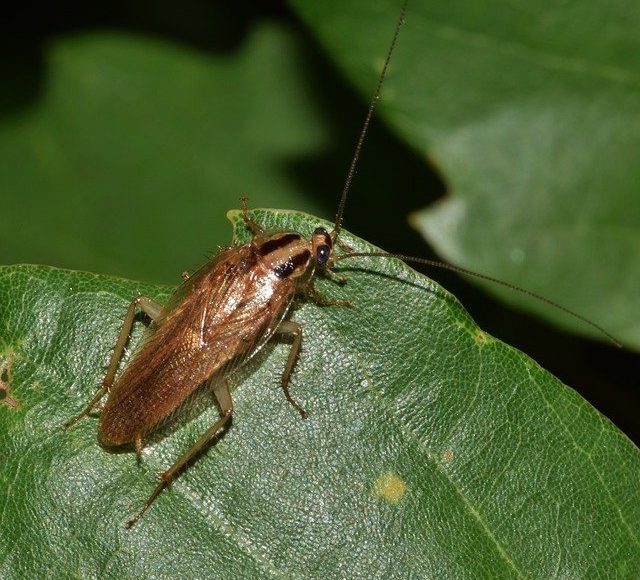Often considered the only species that could survive a nuclear meltdown, cockroaches have hearty dispositions among their more than 4,500 various species. Of the 30 species that are commonly found around humans, many of them may look alike but are not at all the same.
The newest cockroach to be found in the US is the Asian cockroach, making its first appearance in the early 1980s in Florida and then spreading throughout many southern states. With its almost identical appearance to that of the German cockroach, the Asian cockroach can be difficult to distinguish from its cousin.
Understanding the differences between Asian and German Cockroaches may help you to identify an infestation and apply appropriate roach extermination measures:
How They Look
To the naked eye, an Asian cockroach will look almost exactly the same as a German cockroach. Both range in color from light brown to dark brown, with oval bodies that sometimes have dark streaks behind the head. German cockroaches have wings that are shorter than their bodies. Asian cockroaches have wings that are slightly thinner, and typically longer than their bodies. This may be one of the reasons they can actually fly. In addition, the 8th segments on the abdomens of each of these species are also very different, but unless you have a microscope handy, this probably won’t mean much.
Read More: Understanding and Controlling Cockroaches
Habitat Preferences
While German cockroaches mostly prefer to create their homes indoors, Asian cockroaches are much happier in the outdoors. German cockroaches like to live near humans, taking advantage of readily available food sources and breeding spaces (damp places such as kitchens and bathrooms). Asian cockroaches much prefer to live in wooded or garden areas, hiding in grassy or leafy areas and feasting on surroundings such as plant debris, mulch, and compost. Asian cockroaches become active at dusk and, even though they like to live outside, they may enter houses or other buildings as they are drawn in by light sources. Their German cousins become active later into the night and prefer to stay in the dark.
Behavior
The main basic difference between these two species of cockroaches is that the Asian version can fly while the German species can only flutter its wings ineffectively. A healthy adult Asian cockroach is capable of flying distances of up to 150 feet, sometimes in through windows and doors of homes or other buildings.
Another difference in these two species’ behavior is their reaction to light. While it is commonly known that crawling German cockroaches are nocturnal and will scatter in the presence of light, but Asian cockroaches are attracted to light and will often fly toward it. In fact, some people have incorrectly assumed that Asian cockroaches like to “attack” humans because they may have a tendency to follow a person from room to room. But this is not because they are following a person—they are following the light.
Read More:Your Best Defense Against The Cockroach
Breeding and Reproduction
The life cycle of both species of cockroaches is similar, lasting around 100-200 days for a female and less for a male. Both species of females produce egg cases containing approximately 30 to 40 eggs, but the German variety may produce a few more throughout her lifetime. In both cases, German and Asian cockroaches are prolific breeders and what begins as just a few individuals can quickly become an infestation if proper roach control is not exercised.
Roach control and prevention may feel overwhelming, but there’s no need to panic. Your first call when you suspect a problem should be to a pest control expert that can help you with an inspection and extermination plan. Cypress Creek Pest Control in Houston offers professional, comprehensive assistance for your roach extermination and cockroach control needs.



